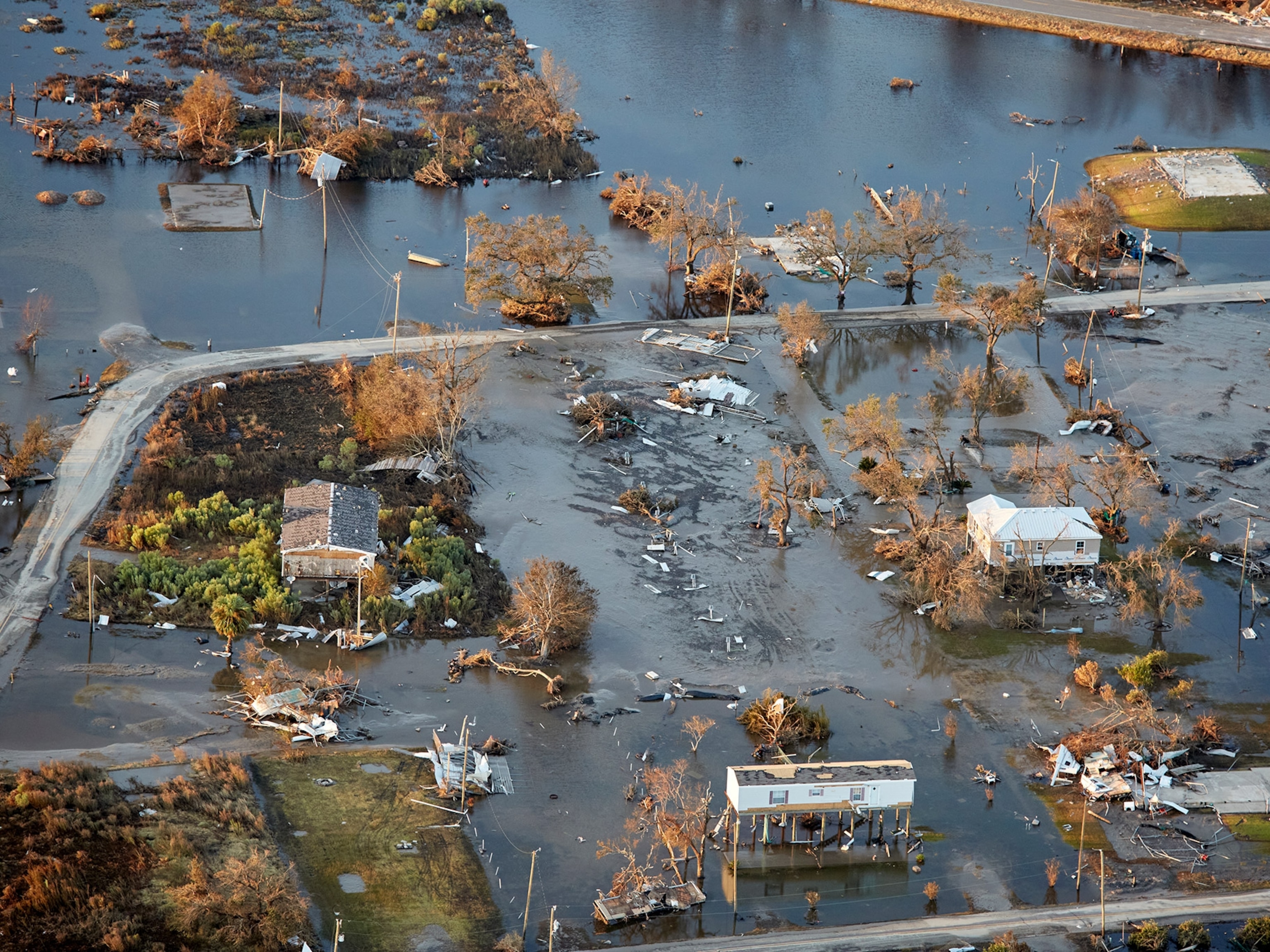

U.S. Used More Energy in 2013 Than the Year Before, But Efficiency Is Up Too
Energy use increased in the United States in 2013 as a fourth consecutive year of economic growth exerted its influence, but the longer-term trend shows the country operating with greater efficiency while also revealing the small but growing role of renewable sources like solar and wind.
The font for these insights is the Lawrence Livermore National Laboratory and its “energy flow chart,” an annual tally of U.S. energy consumption that colorfully connects energy sources with their end uses in the residential, commercial, industrial, and transportation sectors. There’s a hefty “rejected energy” component, as well, for energy that is consumed but not put to use, like waste heat. The recently released 2013 chart showed energy use at 97.4 quadrillion British thermal units, an increase of 2.3 quads over 2012.
But don’t worry – this isn’t evidence that all those energy efficient light bulbs and LEED-certified buildings are for naught. Energy use was still down significantly from the all-time U.S. record of 101.5 quads established in 2007, just before the economy crashed – even though the economy is now about 6 percent larger than it was in 2007, as measured by real gross domestic product [XLS].

“We’re seeing two trends fighting each other,” said A.J. Simon, group leader for energy at the California lab. “Energy use is notching its way back up as the economy grows, but generally people are doing more to be efficient in how they use energy.”
The transportation sector is a good example of this: Compared to 2007, people are using public transportation more and driving less, and when they do drive, they’re doing so in cars and trucks that, on average, deliver improved fuel efficiency.
As a result, although petroleum use inched up a bit last year, its use in the transportation sector was down from 27.71 quads in 2007 to 24.7 in 2013 (biofuels have picked up some of the slack, doubling their contribution in the same period, to 1.24 quads for transportation).
Simon noted that a complex set of factors determine how much and what mix of energy is used in a year, with weather being an especially important wild card. For instance, in 2013, winter cold snaps in February and March, and then again in December, drove up the use of natural gas for home heating. That additional demand for natural gas pushed prices higher, which led to more coal being used for electricity generation in 2013 – and that, in turn, largely explained the uptick in carbon dioxide emissions that the lab noted in a companion carbon flow chart.
Still, it was just a small bump up for coal, from 17.6 to 18 quads. Peering back a decade, coal was the source of 22.9 quads of energy use in 2003. Natural gas has surged since then, of course, although strictly on a percentage basis wind power has it beat. The thickness of the lines on the energy flow chart are not precisely scaled to the amount of energy drawn from a particular source, but attempt to give a reasonable picture. Simon remembers a time not long ago when the wind line was drawn as narrowly as possible, so minuscule was its contribution.
“It used to be one pixel,” he said, “but it’s not one pixel anymore,” with wind’s contribution rising from 0.11 quads in 2003 to 1.6 in 2013, a 1,355 percent increase.
Solar’s yellow line on the energy flow chart is still barely visible, but at the rate installations are growing, it too might take on new dimensions before long. In 2003, solar was at 0.06 quads; in 2013, it had grown to more than five times that, at 0.32, boosted by a 36 percent surge from 2012 to 2013.
Related Topics
You May Also Like
Go Further
Animals
- How can we protect grizzlies from their biggest threat—trains?How can we protect grizzlies from their biggest threat—trains?
- This ‘saber-toothed’ salmon wasn’t quite what we thoughtThis ‘saber-toothed’ salmon wasn’t quite what we thought
- Why this rhino-zebra friendship makes perfect senseWhy this rhino-zebra friendship makes perfect sense
- When did bioluminescence evolve? It’s older than we thought.When did bioluminescence evolve? It’s older than we thought.
- Soy, skim … spider. Are any of these technically milk?Soy, skim … spider. Are any of these technically milk?
Environment
- Are the Great Lakes the key to solving America’s emissions conundrum?Are the Great Lakes the key to solving America’s emissions conundrum?
- The world’s historic sites face climate change. Can Petra lead the way?The world’s historic sites face climate change. Can Petra lead the way?
- This pristine piece of the Amazon shows nature’s resilienceThis pristine piece of the Amazon shows nature’s resilience
- Listen to 30 years of climate change transformed into haunting musicListen to 30 years of climate change transformed into haunting music
History & Culture
- Meet the original members of the tortured poets departmentMeet the original members of the tortured poets department
- Séances at the White House? Why these first ladies turned to the occultSéances at the White House? Why these first ladies turned to the occult
- Gambling is everywhere now. When is that a problem?Gambling is everywhere now. When is that a problem?
- Beauty is pain—at least it was in 17th-century SpainBeauty is pain—at least it was in 17th-century Spain
Science
- Here's how astronomers found one of the rarest phenomenons in spaceHere's how astronomers found one of the rarest phenomenons in space
- Not an extrovert or introvert? There’s a word for that.Not an extrovert or introvert? There’s a word for that.
- NASA has a plan to clean up space junk—but is going green enough?NASA has a plan to clean up space junk—but is going green enough?
- Soy, skim … spider. Are any of these technically milk?Soy, skim … spider. Are any of these technically milk?
Travel
- Could Mexico's Chepe Express be the ultimate slow rail adventure?Could Mexico's Chepe Express be the ultimate slow rail adventure?
- What it's like to hike the Camino del Mayab in MexicoWhat it's like to hike the Camino del Mayab in Mexico




